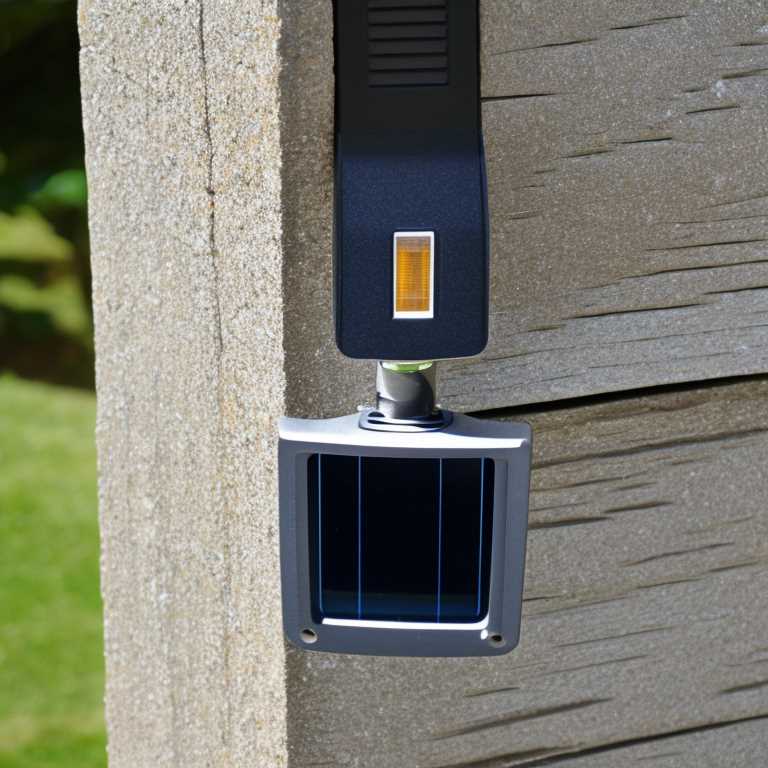Where is the sensor on a solar light

Solar lights have become more popular in recent years due to their energy efficiency and convenience. They use the sun's energy to charge during the day and then light up at night. However, if your solar light isn't working properly, you may be wondering where the sensor is located.
The sensor on a solar light is responsible for detecting when it is dark outside and triggering the light to turn on. The location of the sensor can vary depending on the design of the light.
In most solar lights, the sensor is located on top of the light. This is because the sensor needs to be exposed to the sunlight during the day in order to charge the battery. The sensor is usually a small, round or square button that is located on the top of the light.
Some solar lights have the sensor located on the bottom of the light. This is more common in lights that are designed to be mounted on the ground or on a wall. The sensor is usually a small, round button that is located on the bottom of the light.
If your solar light has a remote control, the sensor may be located on the remote control instead of on the light itself. This is because the remote control allows you to turn the light on and off from a distance, so the sensor needs to be located on the remote control in order to detect when it is dark outside.
It is important to keep the sensor clean and free of dirt and debris in order for it to work properly. If the sensor is dirty, it may not be able to detect when it is dark outside, which can cause the light to turn on and off at the wrong times.
To clean the sensor on a solar light, use a soft, dry cloth to wipe away any dirt or debris. If the sensor is still not working properly after cleaning, you may need to replace it.
The location of the sensor on a solar light can vary depending on the design of the light. In most cases, the sensor is located on top of the light, but it may also be located on the bottom or on a remote control. It is important to keep the sensor clean and free of dirt and debris in order for it to work properly. If the sensor is not working properly, it may need to be replaced. By understanding where the sensor is located and how to keep it clean, you can ensure that your solar light works properly and provides the lighting that you need at night.